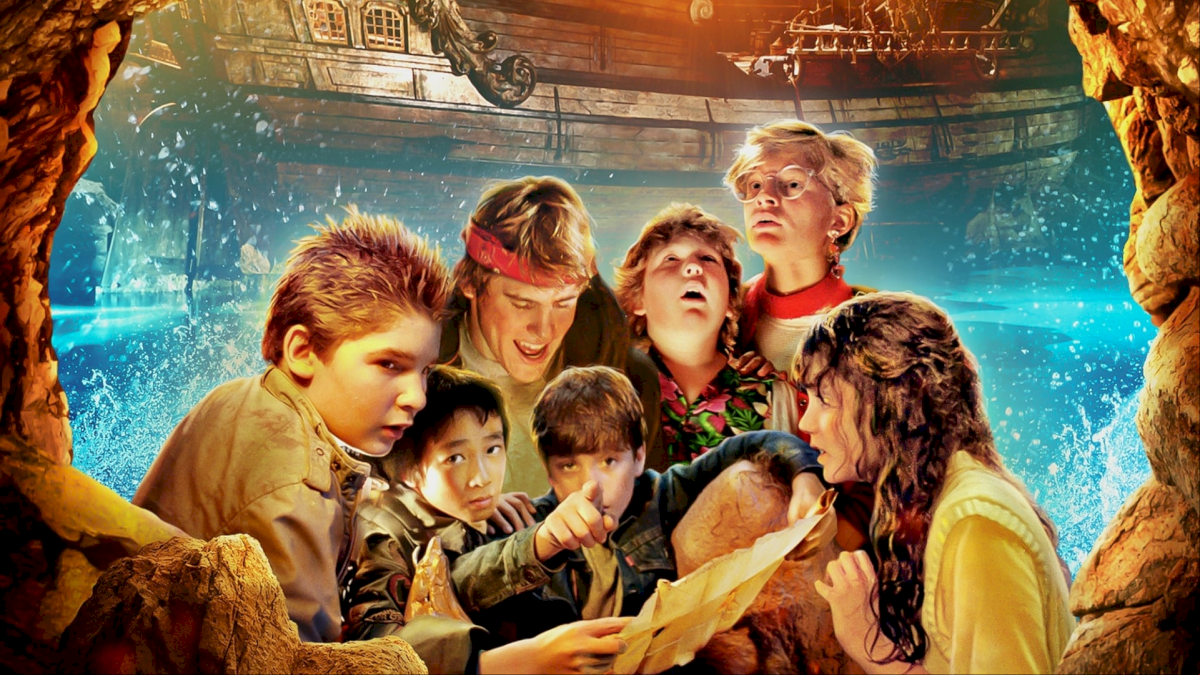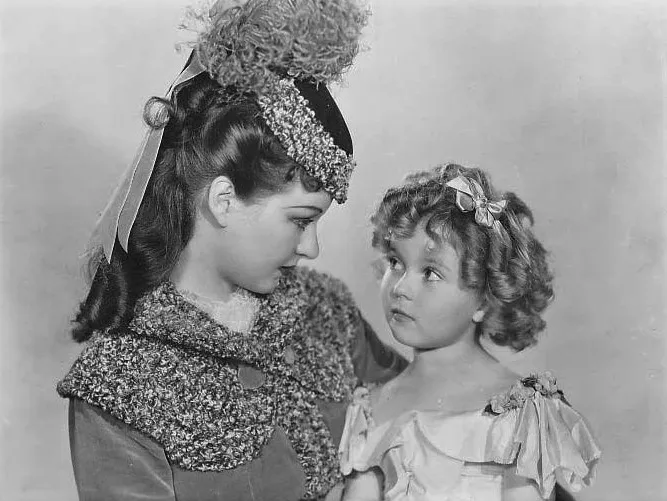The streets of Chicago in 1955 tell a story of a city in transition, caught between its storied past and an evolving future. The Windy City, known for its rich history, cultural diversity, and architectural wonders, was a bustling metropolis in the mid-20th century. This article takes you on a journey back in time to explore the streets of Chicago in 1955, offering a snapshot of the city's vibrant life, significant events, and the people who shaped its identity.
The Vibrant Cityscape of Chicago
In 1955, Chicago was a vibrant and diverse city, known for its distinctive architecture, cultural landmarks, and thriving neighborhoods. The city's skyline was dominated by iconic buildings, including the Willis Tower (then known as the Sears Tower), the John Hancock Center, and the Wrigley Building, each contributing to the city's unique identity.
The Magnificent Mile, a stretch of Michigan Avenue, was already a bustling shopping and dining destination, adorned with upscale boutiques and department stores. Millennium Park, as it is known today, was yet to be established, but Grant Park already offered a beautiful green space for residents and visitors to enjoy.
Transportation and Infrastructure
In 1955, Chicago's transportation system was well-developed and played a crucial role in the city's growth. The city's streets were filled with a mix of automobiles, buses, and streetcars, providing efficient transportation for residents and tourists alike.
The "L" train system, short for "elevated," was a prominent feature of Chicago's public transportation. The elevated tracks crisscrossed the city, offering convenient access to various neighborhoods and landmarks. The famous "Loop" section of the "L" encircled the city's central business district, allowing commuters to travel quickly from one area to another.
Neighborhoods and Communities
Chicago's neighborhoods in 1955 were diverse and culturally rich. Each area had its own distinct character and charm, reflecting the city's multicultural population. The South Side was known for its vibrant African-American community, while the North Side offered a mix of ethnic enclaves and residential neighborhoods.

Pilsen, on the city's Lower West Side, was a hub for the city's Mexican-American community, while Ukrainian Village on the West Side was known for its Eastern European influences. The Bronzeville neighborhood was a center of African-American culture and jazz music, with legendary clubs and venues attracting both locals and visitors.
Cultural Landmarks
Chicago's cultural landmarks in 1955 were already renowned and contributed to the city's reputation as a cultural and artistic hub. The Art Institute of Chicago, founded in the late 1800s, housed an impressive collection of artwork, including renowned masterpieces from around the world.

The Chicago Symphony Orchestra, one of the most acclaimed orchestras globally, performed at Symphony Center, delighting audiences with classical and contemporary music. The Goodman Theatre, founded in 1925, was already a prominent venue for theater productions, showcasing performances that would go on to become iconic in the world of American theater.
Sports and Entertainment
Chicago's passion for sports was evident in 1955, with the city boasting legendary sports teams and venues. The Chicago Cubs played at Wrigley Field, an iconic baseball stadium that had already been in use for over 40 years. The Chicago White Sox, the city's other Major League Baseball team, called Comiskey Park home.
Chicago was also home to the Chicago Bears, an NFL team, and the Chicago Blackhawks, an NHL team. Sports enthusiasts flocked to Soldier Field to witness football games, while hockey fans cheered on their favorite team at the Chicago Stadium, later known as the Chicago Stadium.
Nightlife and Entertainment

The nightlife of Chicago in 1955 was vibrant and diverse, with a plethora of entertainment options to suit all tastes. Jazz clubs were at the heart of the city's nightlife scene, with venues like the Green Mill Cocktail Lounge and the Jazz Showcase hosting legendary performances by artists such as Nat King Cole and Louis Armstrong.
The city's famous blues clubs, including Theresa's Lounge and the Checkerboard Lounge, were already drawing crowds with their electrifying performances. Stand-up comedy was also gaining popularity, with clubs like The Second City becoming a hotbed for aspiring comedians and improv artists.
Conclusion
Exploring the streets of Chicago in 1955 takes us on a journey through a dynamic and culturally rich city at the cusp of change. The bustling cityscape, diverse neighborhoods, cultural landmarks, and vibrant entertainment scene were emblematic of the city's essence. While facing its share of challenges, Chicago's spirit and resilience persevered, laying the foundation for the city's continued growth and transformation in the years to come.

The Chicago of 1955 is a testament to the city's enduring legacy as a melting pot of cultures, a center of art and music, and a hub for sports and entertainment. As we journey back in time, we celebrate the spirit of Chicago in 1955, cherishing the memories of a city that has left an indelible mark on the hearts of its residents and visitors alike.


